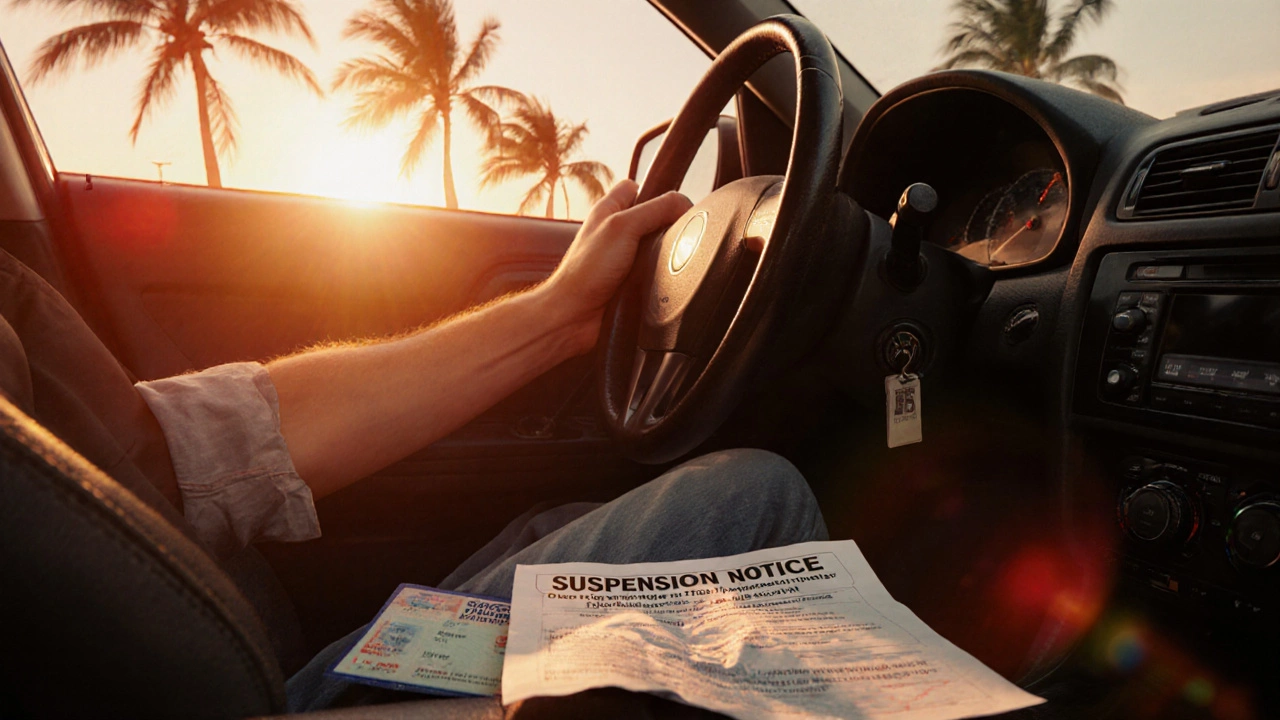High Risk Car Insurance: What You Need to Know
When talking about High Risk Car Insurance, a policy created for drivers deemed riskier due to age, claim history, vehicle type or usage. Also known as high‑risk auto policy, it covers individuals whose premium is higher than the average market rate. This type of coverage requires a clear understanding of related factors such as driving record, the accumulation of points, accidents and claims over time, young driver surcharge, an extra cost applied to drivers typically under 25 and commercial vehicle insurance, coverage for vehicles used for business purposes, which often carries higher risk ratings. In simple terms, high risk car insurance encompasses those risk factors, requires insurers to price policies accordingly, and influences how drivers manage their on‑road behavior. Understanding this web of connections helps you see why a single accident can double a premium, why insurers ask for mileage logs, and why keeping a clean driving record can gradually bring rates down.
Key Factors That Raise Your Premium
Every insurer looks at a checklist of risk indicators before setting a price. First on the list is the claim history: multiple claims in the past three years signal a pattern of losses, so the policy cost climbs. Age is next; young drivers lack experience, which statistically leads to more collisions, so a young driver surcharge often adds 20‑30% to the base rate. The type of vehicle matters too—high‑performance cars, large SUVs or older models with poor safety ratings are flagged as risky, pushing premiums higher. How you use the car is another big piece: using it for deliveries, ridesharing or any commercial purpose triggers the need for commercial vehicle insurance, which is priced higher because of increased mileage and exposure. Location plays a role; densely populated cities with higher accident frequencies see steeper rates than rural areas. Credit score, even though controversial, is still a factor for many UK insurers; a lower score can be interpreted as a sign of financial instability, leading to higher costs. Finally, driving habits like frequent hard braking, speeding or driving under the influence directly affect the driving record and thus the premium. By addressing each of these points—maintaining a clean record, choosing a lower‑risk vehicle, limiting business use, and improving credit—you can actively lower the risk profile and watch the price drop.
Below you’ll find a curated list of articles that dig deeper into the topics that shape high risk car insurance. From a step‑by‑step guide on how long it takes to earn an HGV licence, to proven techniques for calming driving anxiety, to practical tips on safe stopping distances, each piece adds a layer of knowledge that can help you reduce risk on the road. Better understanding of licence requirements, confidence behind the wheel, and safe driving habits all feed back into a stronger driving record, which in turn can shave pounds off your premium. Explore the collection to see how improving your skills, mastering theory tests, and adopting safe driving routines can turn a high‑risk profile into a more affordable, manageable insurance situation.
- October 17 2025
- 0 Comments
- Rowan Cavendish
Florida Suspended License: How to Get Car Insurance (2025 Guide)
Learn how to obtain car insurance with a suspended Florida driver’s license, understand SR‑22 requirements, cost expectations, and steps to reinstate your license.
- Driving Lessons (41)
- HGV Training (31)
- Driving Test Tips (31)
- Driving Test Booking (26)
- Driving Licence Renewal (23)
- Driving Theory Test (21)
- Pass Plus Course (15)
- Driving Tips (15)
- Intensive Driving Course (15)
- Driver Licensing (14)
Categories
- December 2025 (12)
- November 2025 (13)
- October 2025 (21)
- September 2025 (5)
- August 2025 (8)
- July 2025 (30)
- June 2025 (30)
- May 2025 (30)
- April 2025 (31)
- March 2025 (30)
- February 2025 (28)
- January 2025 (34)
Archives
- driving lessons
- driving test
- driving tips
- intensive driving course
- driving test tips
- HGV training
- learn to drive
- driving theory test
- driver training
- driving test booking
- pass driving test
- HGV driving
- road safety
- driving license renewal
- Virginia driving test
- learner drivers
- safe driving
- Virginia driver's license
- driving license
- learning to drive

